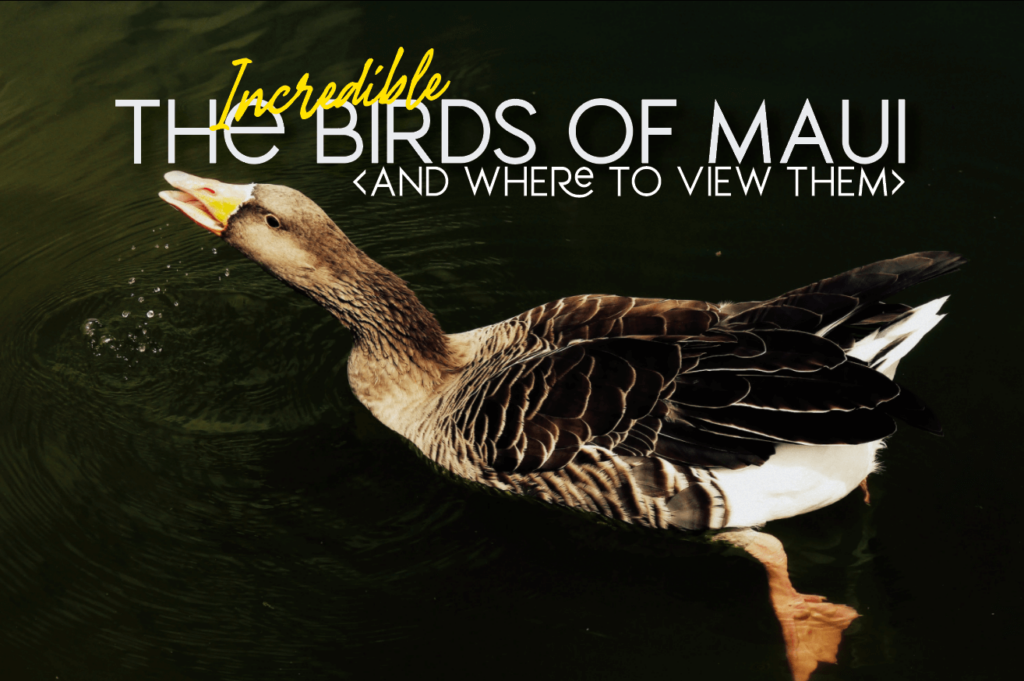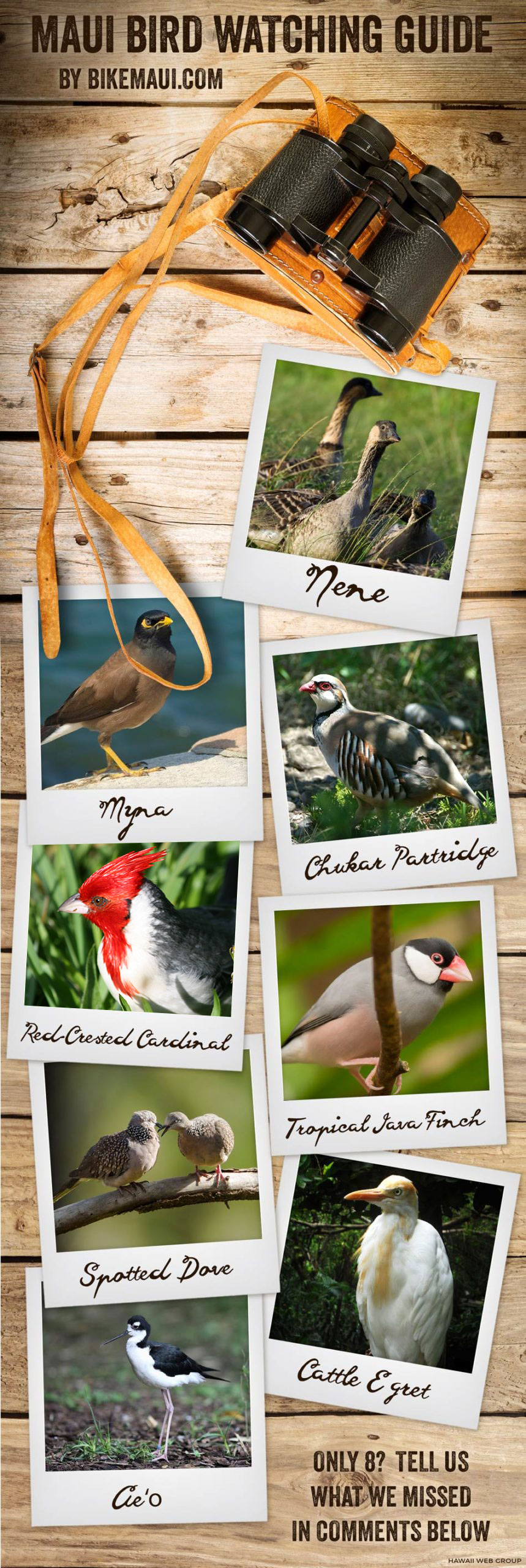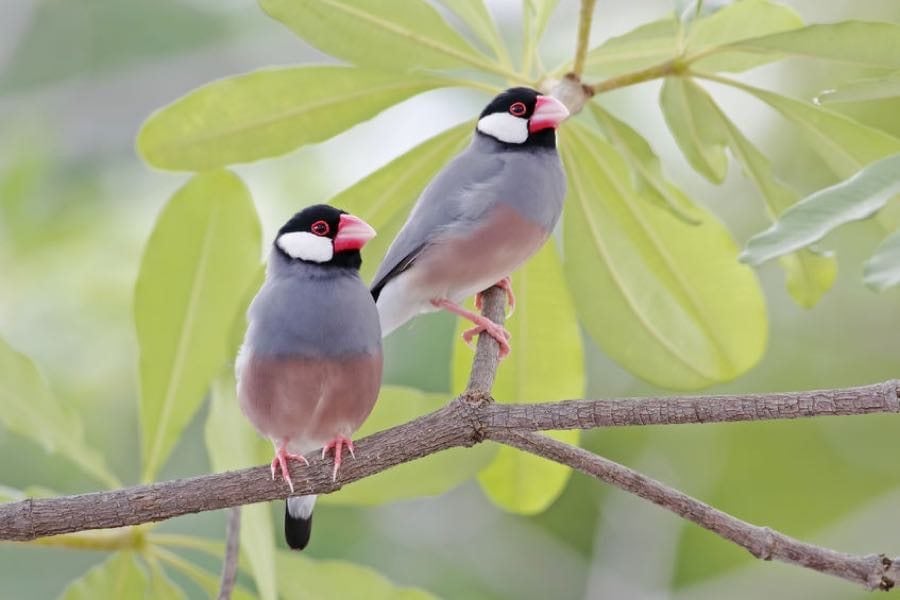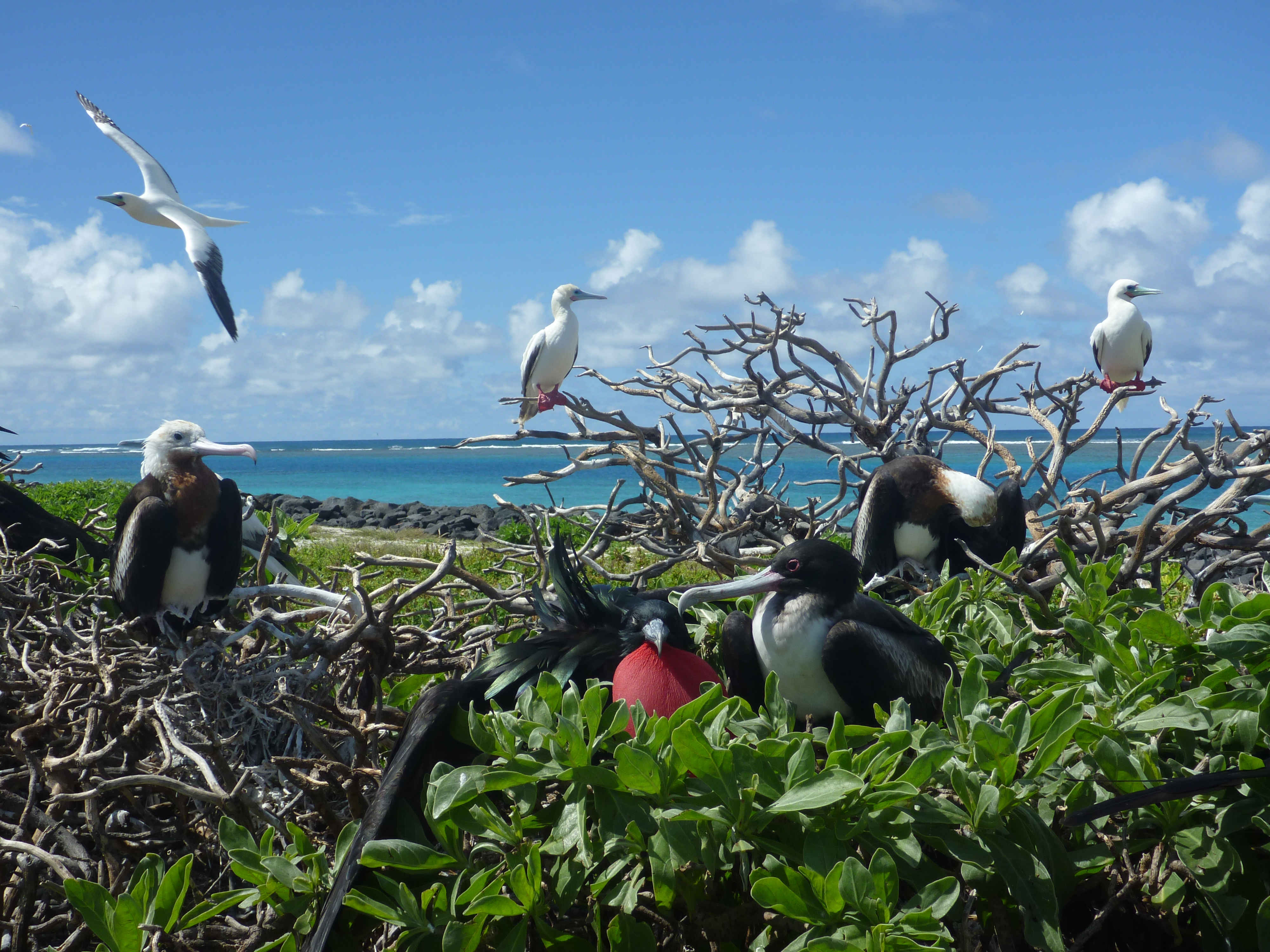Have you ever considered the unique experience of bird watching in a stunning locale like Maui? If not, you’re in for a treat! This beautiful Hawaiian island is home to a rich diversity of bird species, many of which are unique to the region. Whether you’re a seasoned bird watcher or just starting out, Maui offers incredible opportunities for you to connect with nature and witness some remarkable avian life.

This image is property of media.lmpm.website.
The Allure of Bird Watching in Maui
Maui’s varying landscapes—from lush forests to oceanfront cliffs—create distinct habitats that attract numerous bird species. The island’s isolation has resulted in the evolution of birds found nowhere else in the world. Bird watching here allows you to appreciate these unique creatures in their natural environments.
Diverse Ecosystems
Maui boasts several ecosystems, each providing a unique environment for different birds. The rain forests of Haleakalā National Park, the dry lowlands of the leeward side, and the coastal wetlands all contribute to Maui’s rich biodiversity. When you traverse these various terrains, you’ll encounter a wide variety of bird species, each adapted to their specific habitat.
Unique Endemic Species
One of the most exciting aspects of bird watching in Maui is the opportunity to see endemic species. The Hawaiian Islands are home to several birds that are found nowhere else on Earth. You might be lucky enough to spot the ‘I’iwi, a beautiful honeycreeper known for its vibrant red plumage and curved bill, which it uses to sip nectar from native flowers.
When is the Best Time for Bird Watching?
Timing can play a significant role in the success of your bird-watching adventure. Certain seasons and times of the day are better than others for spotting various species.
Best Seasons for Bird Watching
While you can enjoy bird watching in Maui year-round, some seasons are particularly favorable. Winter (from November to March) is an excellent time to see migratory birds as they escape the cold weather on the mainland. Spring is also a great time to catch a glimpse of nesting birds as they prepare for the new season.
Optimal Times of Day
Early mornings are generally considered the best time for bird watching. Birds tend to be more active in the early hours, making it easier for you to observe their behaviors. Typically, you’ll find them singing, foraging, and engaging with their surroundings. Visiting your favorite bird-watching spot at this time increases your chances of a successful outing.

This image is property of haleakalacrater.com.
Essential Gear for Bird Watching
Having the right equipment can enhance your bird-watching experience significantly. It prepares you to observe and document the beautiful birdlife that Maui has to offer.
Binoculars
A good pair of binoculars is crucial for bird watching. Look for binoculars that offer a magnification of at least 8x, as they provide clear, close-up views of birds without disturbing them. Make sure they are lightweight and comfortable to hold, as you’ll be using them frequently.
Field Guide
Having a field guide, whether a book or a digital app, can greatly aid you in identifying the birds you encounter. These guides provide valuable information about bird species, including their characteristics, calls, and habitats.
Camera with Telephoto Lens
If you love photography, a good camera with a telephoto lens can help you capture the moments you experience. This allows you to create keepsakes of the beautiful birds you see during your adventures.
Top Bird Watching Locations in Maui
Maui is dotted with fantastic bird-watching spots. Here’s a closer look at some of the best locations for you to experience the island’s avian wonders.
Haleakalā National Park
This iconic national park offers diverse ecosystems, ranging from subalpine desert to lush rainforests. The park is home to native birds such as the ‘Ākau (Hawaiian goose) and ‘I’iwi. With its stunning vistas and rich biodiversity, Haleakalā is a must-visit for any bird watcher.
Kanaha Pond State Wildlife Sanctuary
Located near Kahului, Kanaha Pond is an essential habitat for both migratory and resident birds. This area is particularly significant for observing waterfowl, including Hawaiian ducks and a variety of shorebirds. An accessible boardwalk allows you to get close to the action while minimizing disturbance to the wildlife.
Iao Valley State Park
Iao Valley is known for its lush vegetation and stunning scenery. The park is teeming with life, including beautiful native birds like the ‘Apapane, another honeycreeper. Walking through the valley, you can enjoy the sights and sounds of nature while keeping an eye out for these colorful creatures.
Maui’s Coastal Areas
The island’s coastal ecosystems are also rich in bird life. You can find many seabirds, such as the Laysan albatross and the wedge-tailed shearwater, along the shorelines. The cliffs and rocky outcroppings provide ideal nesting sites for these magnificent birds.

This image is property of bossfrog.com.
Responsible Bird Watching Practices
While it can be easy to get caught up in the excitement of bird watching, it’s essential to practice responsible behavior to protect the habitats and ensure the wellbeing of the birds.
Keep Your Distance
One of the most important rules of bird watching is to maintain a respectful distance from the birds. Getting too close can disturb their natural behaviors, including nesting and feeding. Use your binoculars or camera to observe rather than approaching them directly.
Avoid Feeding Birds
While it may seem appealing to offer a snack, feeding wild birds can lead to dependency and disrupt their natural foraging instincts. It’s vital to let them find food in their natural habitat to maintain a healthy ecosystem.
Stay on Designated Trails
When exploring bird-watching locations, be sure to stick to established trails. Venturing off the path can damage delicate ecosystems and bird habitats. Respecting these boundaries helps to preserve the beautiful landscapes you enjoy.
Joining Bird Watching Groups
If you’re looking to enhance your bird-watching experience, consider joining a local bird-watching group. These communities provide excellent opportunities for you to learn, share experiences, and build connections with fellow enthusiasts.
Benefits of Joining a Bird-Watching Group
-
Shared Knowledge: Being part of a group allows you to learn from more experienced bird watchers. You can gain insights into identifying species, understanding behaviors, and discovering new birding locations.
-
Guided Tours: Many bird-watching groups offer organized outings, which can be a great way to see more birds and visit areas you may not have considered exploring on your own.
-
Community Connection: Building friendships with like-minded individuals can make your bird-watching adventures more enjoyable. These connections often lead to shared outings and lasting memories.

This image is property of ilovehawaii.com.
Birding Etiquette
Practicing good etiquette while bird watching ensures a positive experience for both you and the wildlife. Here are some guidelines to keep in mind.
Silence is Golden
Birds are easily startled by loud noises. Speak in hushed tones and ask others in your group to do the same. This way, you’ll increase your chances of spotting a diverse range of birds.
Be Patient
Birding often requires patience. You may find yourself waiting silently for a bird to appear or move into view. Enjoy the process and take time to appreciate the surroundings while you wait.
Respect Other Bird Watchers
If you’re out with others, ensure you’re considerate when moving around. Avoid blocking someone’s view, and be mindful of their personal space. Sharing the experience makes it more enjoyable for everyone.
Techniques to Improve Your Bird Watching Skills
If you want to level up your bird-watching game, consider incorporating some techniques that can improve your skills.
Learn Bird Calls
Understanding bird calls can significantly enhance your experience. Often, birds will sing before you see them. Familiarizing yourself with common calls can help you locate and identify species more effectively.
Practice Patience and Observation
Take your time while bird watching. Spend time quietly observing birds in their habitat to get a better sense of their behaviors and interactions. Slowly, you’ll learn to appreciate their nuances.
Keep a Birding Journal
Maintaining a birding journal can be a fun way to document your observations. Include details like date, location, species seen, and any interesting behaviors you notice. Over time, this journal can become a cherished keepsake of your bird-watching adventures.

This image is property of haleakalacrater.com.
The Joy of Sharing Your Bird Watching Experience
Sharing your bird-watching experiences can amplify your enjoyment. Whether you’re talking about a memorable encounter with a unique bird or sharing photos from your outings, connecting with others about what you’ve seen can add another layer of appreciation.
Teaching Others
If you have friends or family who are interested, consider taking them along on one of your bird-watching trips. Sharing knowledge about techniques, identifying birds, and observing behaviors helps foster a love for nature and wildlife conservation.
Engaging on Social Media
With platforms like Instagram and Facebook, it’s easy to connect with fellow bird watchers. Share your photographs, experiences, and tips with a broader community online. Engaging with others can inspire discussions and help you learn even more about the birding world.
Conclusion
Bird watching in Maui is not just a pastime; it’s an adventure filled with breathtaking scenery, unique encounters, and serene moments in nature. As you discover the rich avian life the island has to offer, remember the importance of responsible bird-watching practices. Equip yourself with the right gear, choose the best locations, and, most importantly, enjoy every moment spent observing these incredible creatures. Whether you go solo or gather with a group, your journey into the world of birds will surely leave you with lasting memories. So grab your binoculars and get ready to connect with the charm of Maui’s wild avian inhabitants!

